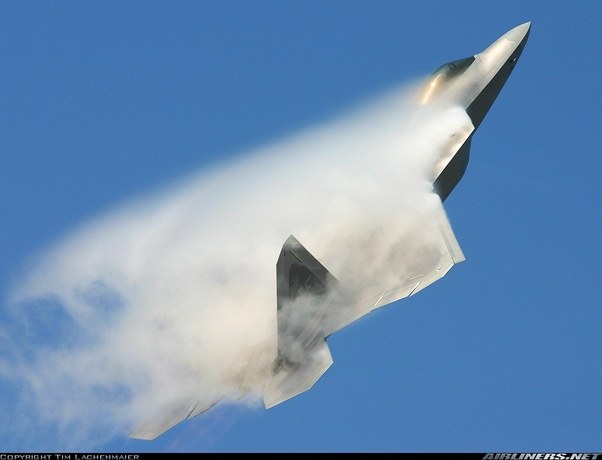
Going Vertical
Many people only print dental models horizontally on the build platform in order to reduce or eliminate the need for “supports.” However, printing models flat takes up more space and limits your utilization of the build platform. As you scale up your 3D print manufacturing, you will want to print in bulk rather than tying up your printer for only a few models at a time.
By orienting models, occlusal splints, etc. in a more vertical fashion (as seen below) many more items to be printed at once, increasing the scale of your manufacturing.
Many 3D printer manufacturers view the simple fact that a print did not fail as proof of it’s accuracy, but that is not necessarily the case. The question remains whether printing vertically with and without supports is as accurate as your traditional horizontal prints. The Z axis resolution (layer thickness) and XY resolution (which is based on the pointing precision of the lasers in a Laser-SLA printer) are different, so it is certainly possible that changing the orientation of the models might impact their print accuracy. Additionally, if there are no supports, or if the supports are inadequate, there can be distortion in the overhanging layers when they are printed.
Recently, we evaluated the dimensional accuracy of various 3D printers with models that were printed horizontally. We have now repeated this analysis to compare the accuracy of vertically printed models and the impact of supports. For this test, we compared a vertically printed model with supports on the Formlabs Form2 printer, at 100 micron Z resolution, to the same print completed horizontally. We also compared a vertically printed model without supports on a Structo DentaForm and an Enivisiontec Vida printer, at 100 micron Z resolution, to the same prints completed horizontally on their respective printers.
We found that, with the proper supports, there is no difference in the dimensional accuracy between horizontally and vertically oriented prints. Without supports being added to “overhangs” we observed a substantial decline in overall dimensional accuracy. The decline was less noticeable on the Structo DentaForm (these models were provided by the manufacturer and not printed in private practice).
We recommend that printed overhangs, most often present on vertically printed models, have supports added for the most accurate prints.
Heatmaps & Data for 3D Prints
Dimensional accuracy heatmaps and data for the horizontal and vertical prints that were analyzed are shown below:
Form2 Horizontal Print @ 100 microns
The printed model demonstrated an average dimensional accuracy of 67 microns. The printed models were dimensionally accurate to within 80 microns over 65.64% of their surface area. The maximum deviation from the original model was 125 microns.
Form2 Vertical Print @ 100 microns
(with supports)
The printed model demonstrated an average dimensional accuracy of 70.6 microns. The printed models were dimensionally accurate to within 80 microns over 65.57% of their surface area. The maximum deviation from the original model was 125 microns.
Envisiontec Vida Horizontal Print
The printed model demonstrated an average dimensional accuracy of 49.4 microns. The printed models were dimensionally accurate to within 80 microns over 83.58% of their surface area. The maximum deviation from the original model was 146 microns.
Envisiontec Vida Vertical Print (without supports)
The printed model demonstrated an average dimensional accuracy of 82.4 microns. The printed models were dimensionally accurate to within 80 microns over 52.38% of their surface area. The maximum deviation from the original model was 147.3 microns.
Structo DentaForm Horizontal Print
The printed model demonstrated an average dimensional accuracy of 57.5 microns. The printed models were dimensionally accurate to within 80 microns over 66% of their surface area. The maximum deviation from the original model was 108.7 microns.
Structo DentaForm Vertical Print (without supports)
The printed model demonstrated an average dimensional accuracy of 67.7 microns. The printed models were dimensionally accurate to within 80 microns over 61% of their surface area. The maximum deviation from the original model was 136.7 microns.
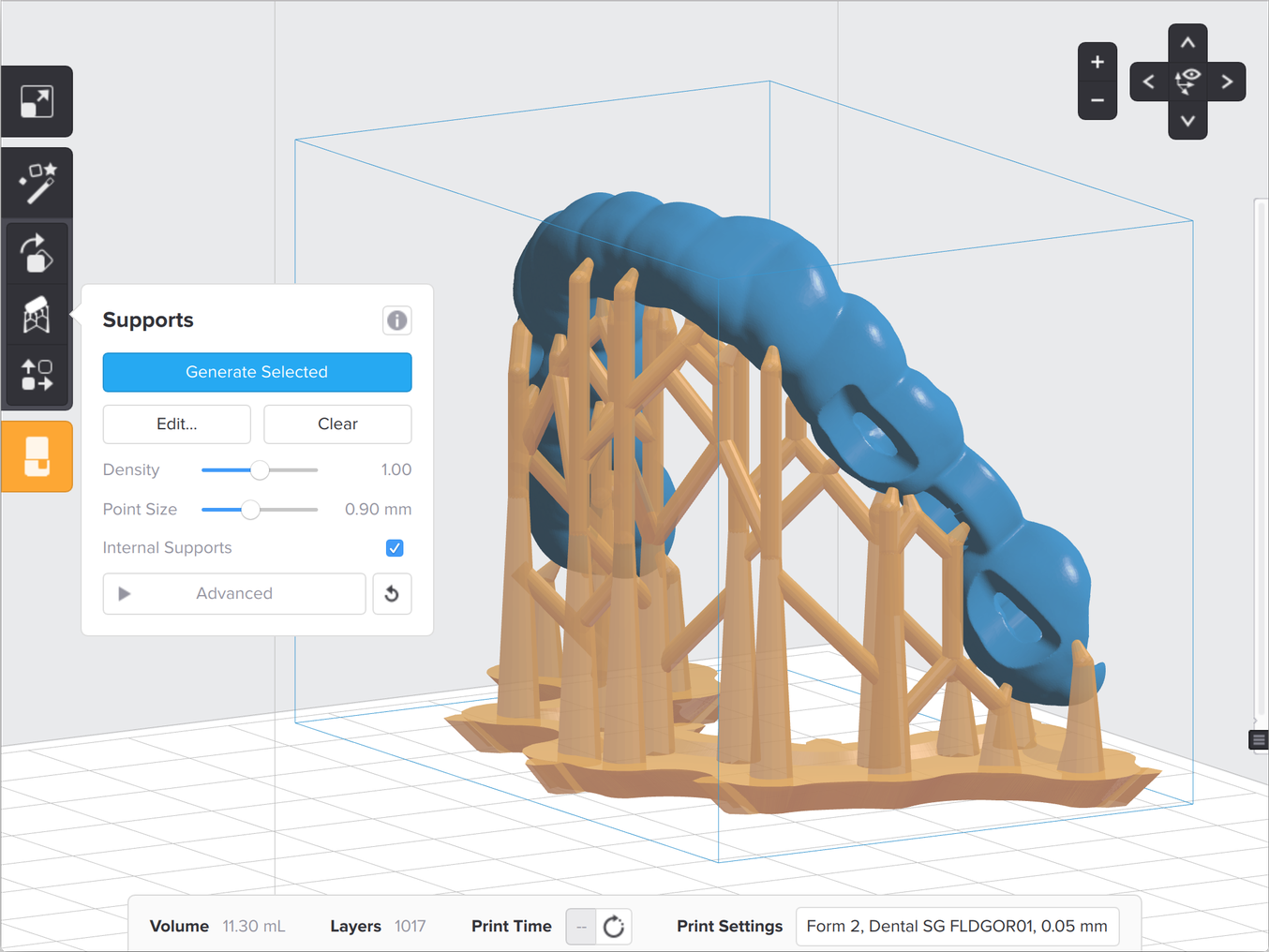
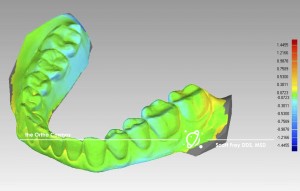
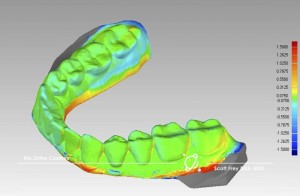
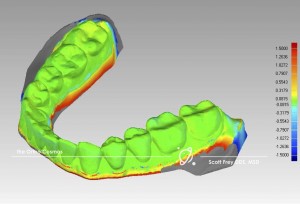
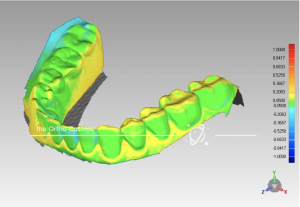
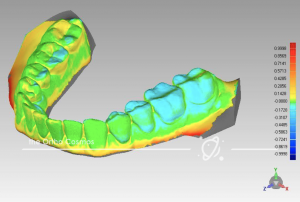
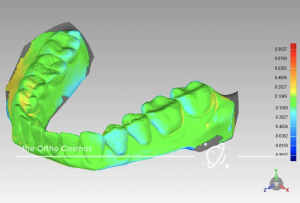
Leave a Reply